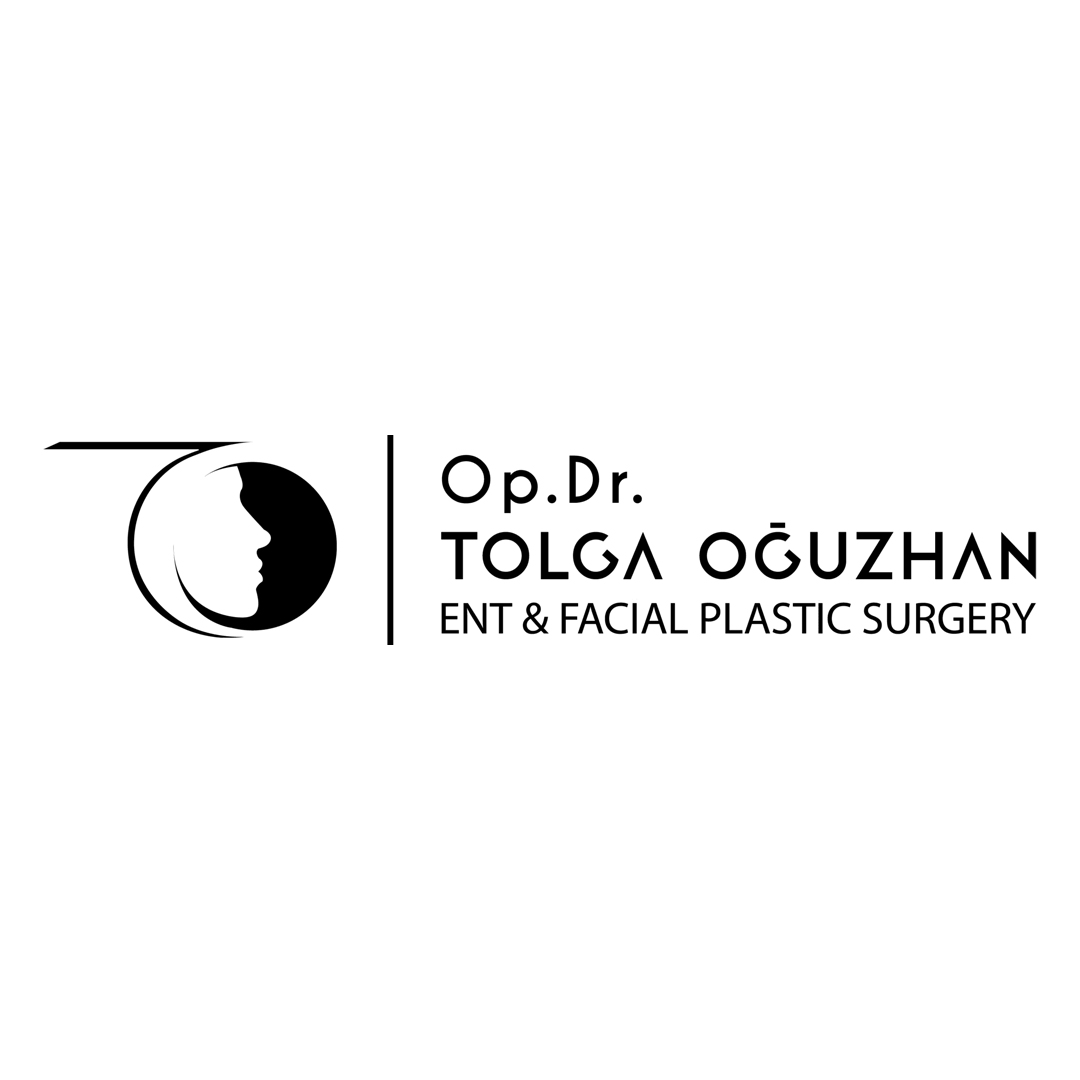Ethnic Rhinoplasty
- Home
- Ethnic Rhinoplasty
What is Ethnic Rhinoplasty?
Ethnic rhinoplasty is a rhinoplasty procedure performed by considering the unique anatomical and cultural features of individuals with different ethnic backgrounds. The main goal of this aesthetic operation is to make the nose more harmonious and functional while preserving the individual’s ethnic identity and facial character.
Each individual’s facial structure varies based on their ethnic origin. For example:
In individuals of African descent, the nose may have wider nostrils and a lower profile,
In people of Middle Eastern origin, the nose may have a hump and a downward-facing tip,
In people of Asian descent, a flatter nasal bridge and smaller overall nose structure may be observed.
These differences may not be fully compatible with classical rhinoplasty approaches. At this point, ethnic rhinoplasty plays a crucial role in achieving both aesthetic expectations and natural results.
Main Goals of Ethnic Rhinoplasty
Natural Appearance:
The goal is for the post-operative nose to look as if it naturally belongs to the individual’s face. Instead of exaggerated or universally “ideal” nose shapes, a design that harmonizes with the person’s facial features is created.Preservation of Ethnic Identity:
While performing the aesthetic intervention, respect is shown to the patient’s cultural and ethnic background. For example, giving an African patient a small, upturned nose may result in an unnatural appearance. Ethnic rhinoplasty aims to strike the right balance.Functional Improvement:
In addition to aesthetic enhancement, any breathing issues are also addressed. Problems such as septal deviation or enlarged turbinates can be corrected during surgery.
Techniques Used in Ethnic Rhinoplasty
Ethnic rhinoplasty may include the following techniques:
Use of grafts: Grafts are frequently placed on the nasal tip or bridge to support cartilage structures.
Alar base reduction: Wide nostrils can be made more refined.
Nasal tip reshaping: A low or broad nasal tip can be made more defined.
Special planning for skin thickness: Especially in individuals with thick skin, the healing process and nasal reshaping require specific techniques.
Who is a Good Candidate for Ethnic Rhinoplasty?
Those who want a natural-looking nose that suits their face,
Those who are not satisfied with their current nose but wish to preserve their ethnic features,
Those experiencing breathing problems,
Individuals who have had previous rhinoplasty but were dissatisfied with the results may be suitable candidates for ethnic rhinoplasty.
Surgery Process and Recovery
The operation is typically performed under general anesthesia and takes about 2 to 4 hours. Patients may be discharged the same day or stay in the hospital for one night. Mild swelling and bruising are normal during the first week. The nasal bandage is removed on the 7th day, and the person can return to their social life. It may take 6 to 12 months for the nose to fully settle and reach its final shape.
Conclusion
Ethnic rhinoplasty is not only an aesthetic procedure but also a specialty that requires cultural sensitivity and preservation of individual identity. Therefore, it is very important to work with a surgeon who is experienced in this field and who understands facial anatomy and ethnic diversity. A natural, balanced nose that reflects you is only possible with this approach.
Frequently Asked Questions About Rhinoplasty
Yes, with modern techniques, rhinoplasty is planned to ensure that the nose appears natural and in harmony with your facial features. The goal is for the nose to look both aesthetically pleasing and functionally natural, enhancing the overall facial balance.
General anesthesia is used during the surgery, so you won't feel any pain. After the surgery, you may experience mild discomfort, but it can be managed with the prescribed painkillers.
In the first few days, swelling and bruising may occur. Typically, the splints and bandages are removed within a week, and you can return to normal activities within 2-3 weeks.
The duration of the surgery typically ranges from 1.5 to 3 hours, depending on the procedures involved.
Yes, the results of rhinoplasty are generally permanent. However, due to the natural aging process and external factors, some changes may occur over time.
Rhinoplasty is typically performed starting at 16 years of age for women and 17 years of age for men. The most important factor is that the facial development has been completed.
Frequently Asked Questions About Facial Aesthetics
Yes, facial aesthetic procedures can address sagging skin, wrinkles, and volume loss, resulting in a younger, more vibrant, and dynamic appearance.
Facial aesthetic procedures are generally suitable for individuals aged 18 and above, in good overall health. However, certain procedures may have age restrictions or require consideration of specific conditions.
In surgical procedures, minimal scars may occur, but they are usually hidden within natural skin folds. Over time, these scars tend to fade and become less noticeable.
In surgical procedures, the recovery process typically takes 2 to 4 weeks. However, for non-surgical procedures, individuals can usually return to normal activities on the same day.
In surgical procedures, the recovery process typically takes 2 to 4 weeks. However, for non-surgical procedures, individuals can usually return to normal activities on the same day.
The results of surgical procedures are generally long-lasting. However, as the aging process continues, some changes may occur over time. Non-surgical procedures, on the other hand, tend to be temporary and may require repetition at regular intervals.

